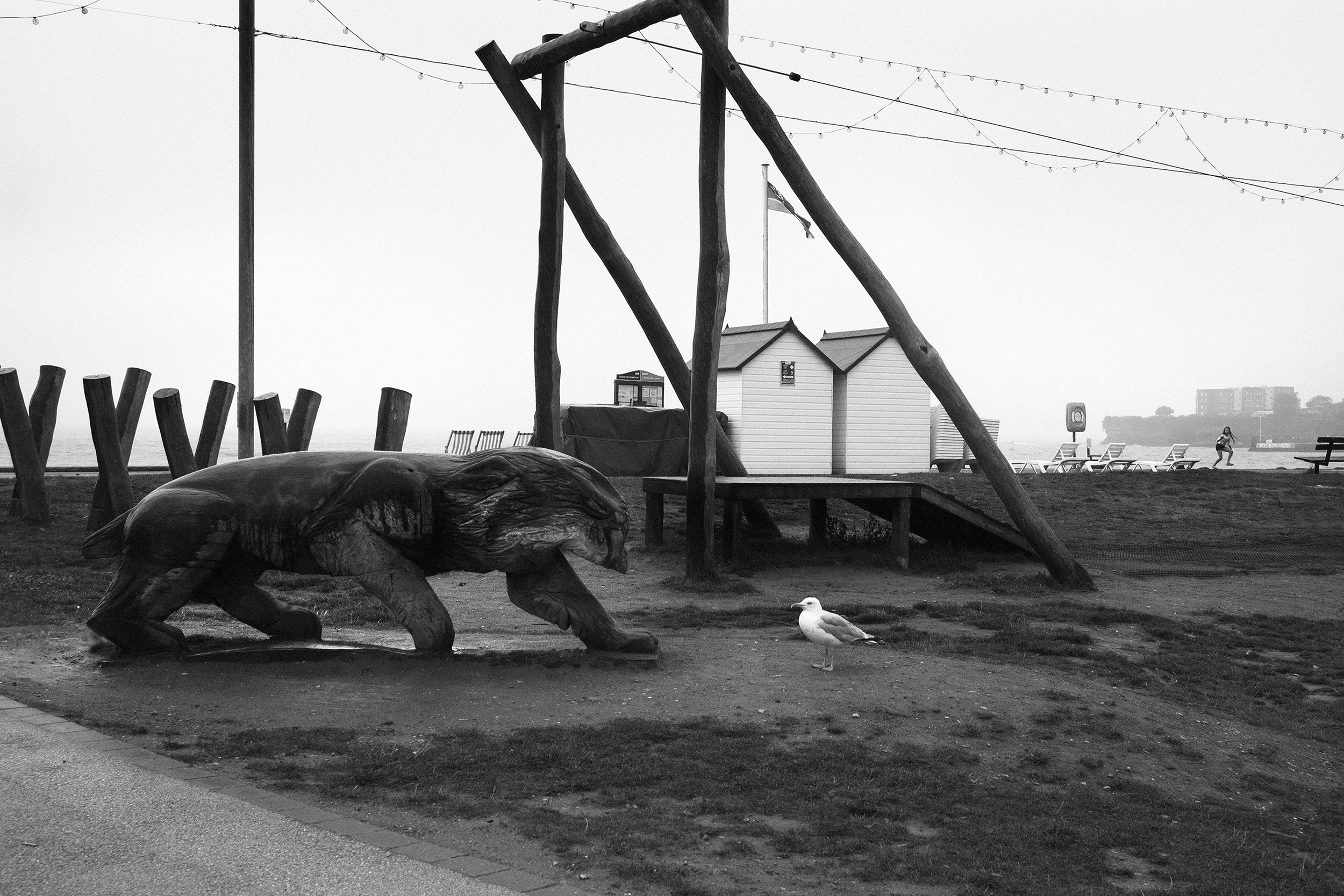- This topic has 11 replies, 5 voices, and was last updated 3 months ago by .
-
Topic
-
Dear Sir Roger Deakins,
Just curious about your opinion, knowledge and taste regarding the shallow DOF that seems overused in the popular cinema today. It was always called “cinematic” because until the early 2010s, only really large projects could get access to the technology. But now it’s used even where not determined by logic to emphasize something. Isn’t it a sort of “cheat code” to make DP’s and Director’s life easier, because it’s much more complicate to create a mise-en-scène where everything is in sharper focus?
Asking not only because it’s my opinion, but also after being impressed by your still photography style:

which is more into classic Bresson/Brassai/Koudelka philosophy.
Can’t even imagine a still from you like this:

Of course, we cannot compare still photography and cinema in the way the of telling a story and can’t beat physics when the POI is close to the lens, but isn’t it enough amount of blur? Isn’t it that “cinematic” whatever that means:

What’s a reason to make it more blurry like in 90% of modern films? Or does it mostly come from Directors and Producers? And what’s so special in Batman’s look for you? Because it’s completely the opposite of what you’re doing and looks like unnatural CG for unexperienced eye.
Please sorry for a long question and poor English as well. Thanks for the site and knowledge!
- You must be logged in to reply to this topic.
